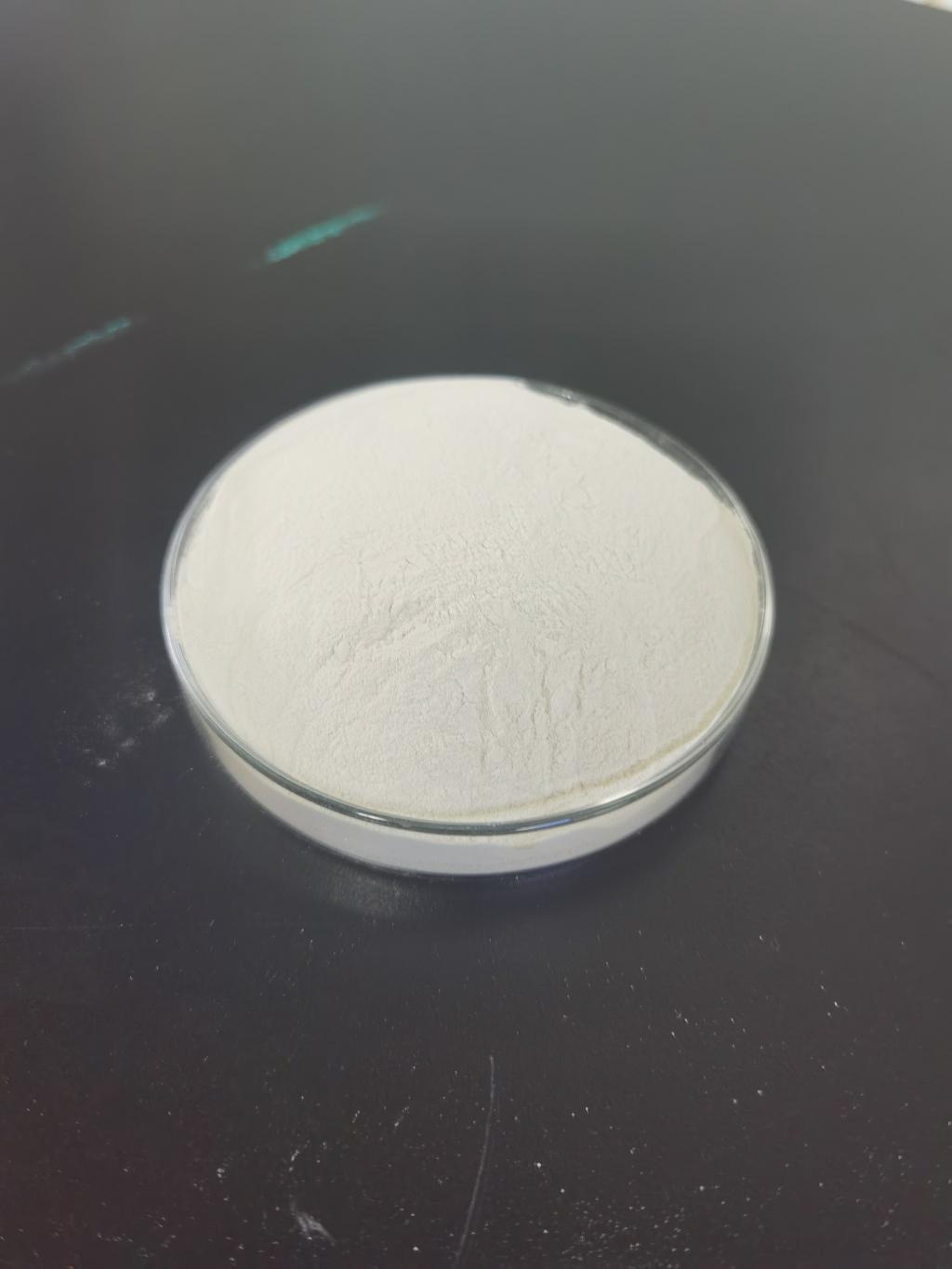Tel:+8618231198596

News
 CONTACT
CONTACT
 CONTACT
CONTACT
- Linkman:Linda Yao
- Tel: +8618231198596
- Email:linda.yao@dcpharma.cn
- Linkman:CHARLES.WANG
- Department:Overseas
- Tel: 0086 0311-85537378 0086 0311-85539701
News
Current Position:
Home >
News
>Nisin's Impact on Reducing Microbial Contamination in Food Processing Facilities
Nisin's Impact on Reducing Microbial Contamination in Food Processing Facilities
TIME:2024-03-08
Introduction:
Food processing facilities are critical nodes in the food supply chain, where the risk of microbial contamination is ever-present. This article begins by providing an overview of the challenges associated with microbial contamination in these environments and introduces nisin as a promising solution to enhance hygiene practices and reduce the prevalence of pathogens.
Understanding Nisin:
This section delves into the molecular structure and properties of nisin, emphasizing its natural origin and broad-spectrum antimicrobial activity. A comprehensive understanding of nisin's mechanisms is crucial to appreciate its potential impact on reducing microbial contamination in food processing facilities.
Nisin in Food Safety:
Nisin's application as a food preservative is not limited to end-products; it extends to the production process itself. We explore how incorporating nisin in various stages of food processing can inhibit the growth of spoilage and pathogenic microorganisms, enhancing overall food safety.
Case Studies: Nisin in Action:
This section presents real-world case studies highlighting the successful implementation of nisin in diverse food processing facilities. From dairy to meat processing, we examine specific instances where nisin has proven effective in controlling microbial contamination and improving hygiene standards.
Mechanisms of Nisin in Food Processing Facilities:
Understanding how nisin operates within the unique context of food processing facilities is vital. This section explores the mechanisms by which nisin disrupts microbial growth, with a focus on its interaction with common foodborne pathogens and spoilage microorganisms.
Integration into Cleaning and Sanitation Protocols:
Nisin's role extends beyond direct food applications; it can be integrated into cleaning and sanitation protocols within food processing facilities. This section discusses the incorporation of nisin into cleaning solutions, surface coatings, and air sanitization systems to create a comprehensive antimicrobial strategy.
Regulatory Considerations and Industry Standards:
Navigating the regulatory landscape is crucial for the widespread adoption of nisin in food processing facilities. We explore existing regulations and industry standards, highlighting the importance of collaboration between regulatory bodies, researchers, and industry stakeholders to establish guidelines for safe and effective use.
Challenges and Solutions:
While nisin presents a promising solution, challenges such as cost, stability, and resistance need to be addressed. This section examines ongoing research and potential solutions to these challenges, emphasizing the need for continued innovation to maximize the impact of nisin in reducing microbial contamination.
Future Perspectives:
As the field continues to evolve, this section explores future perspectives and potential advancements in utilizing nisin to reduce microbial contamination in food processing facilities. From novel delivery systems to tailored formulations, the continuous development of nisin-based strategies holds great promise for the industry.
Conclusion:
In conclusion, nisin's impact on reducing microbial contamination in food processing facilities is substantial and multifaceted. From its unique antimicrobial properties to practical applications and regulatory considerations, this article provides a comprehensive overview of how nisin is revolutionizing hygiene standards and contributing to the production of safe and high-quality food. As the industry embraces this natural antimicrobial peptide, it paves the way for a safer and more sustainable future in food processing.
- Tel:+8618231198596
- Whatsapp:18231198596
- Chat With Skype







